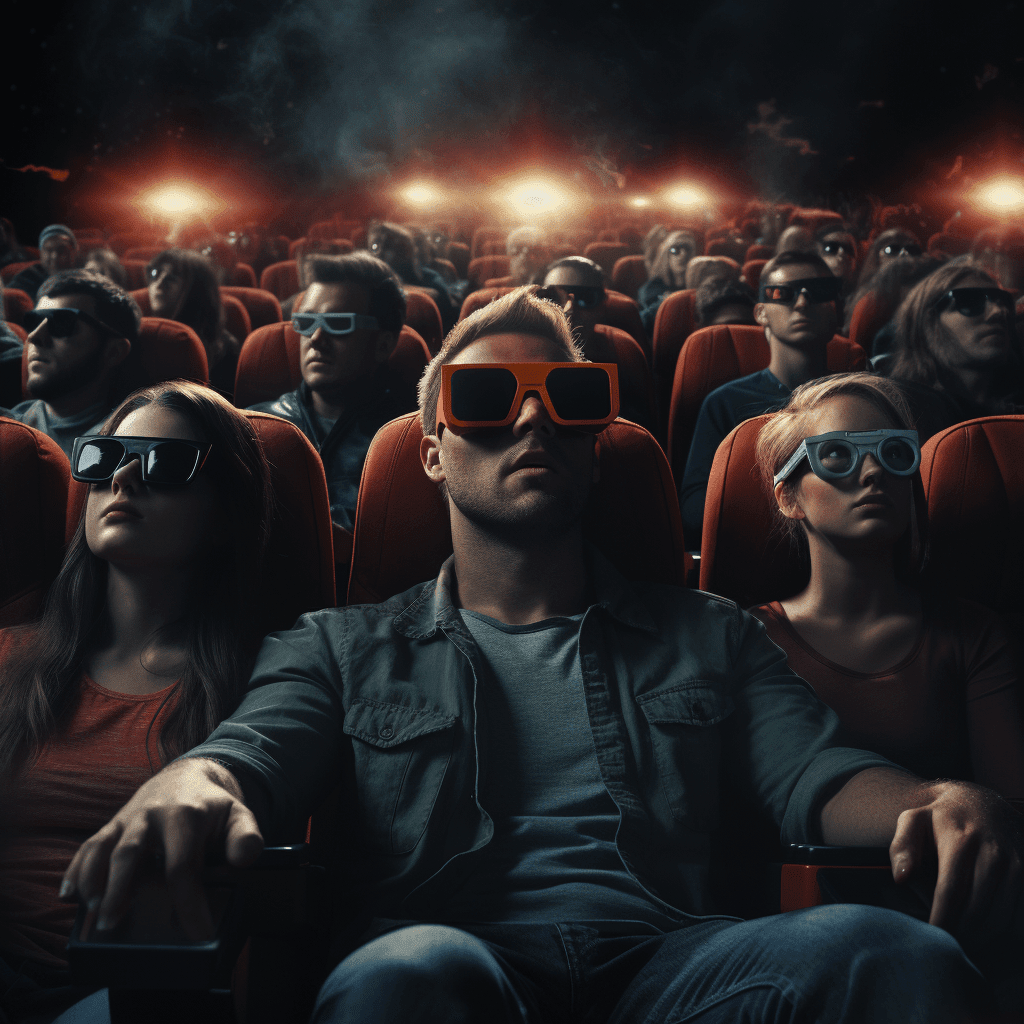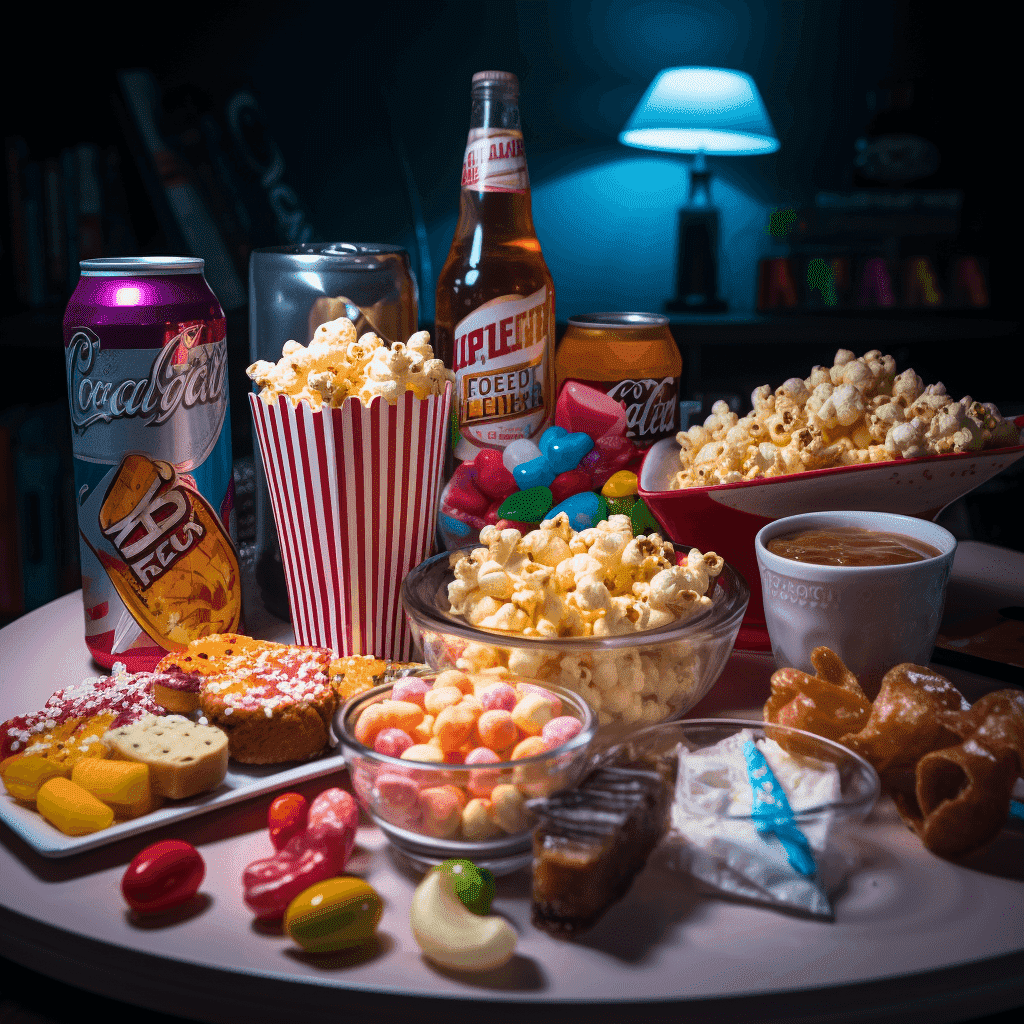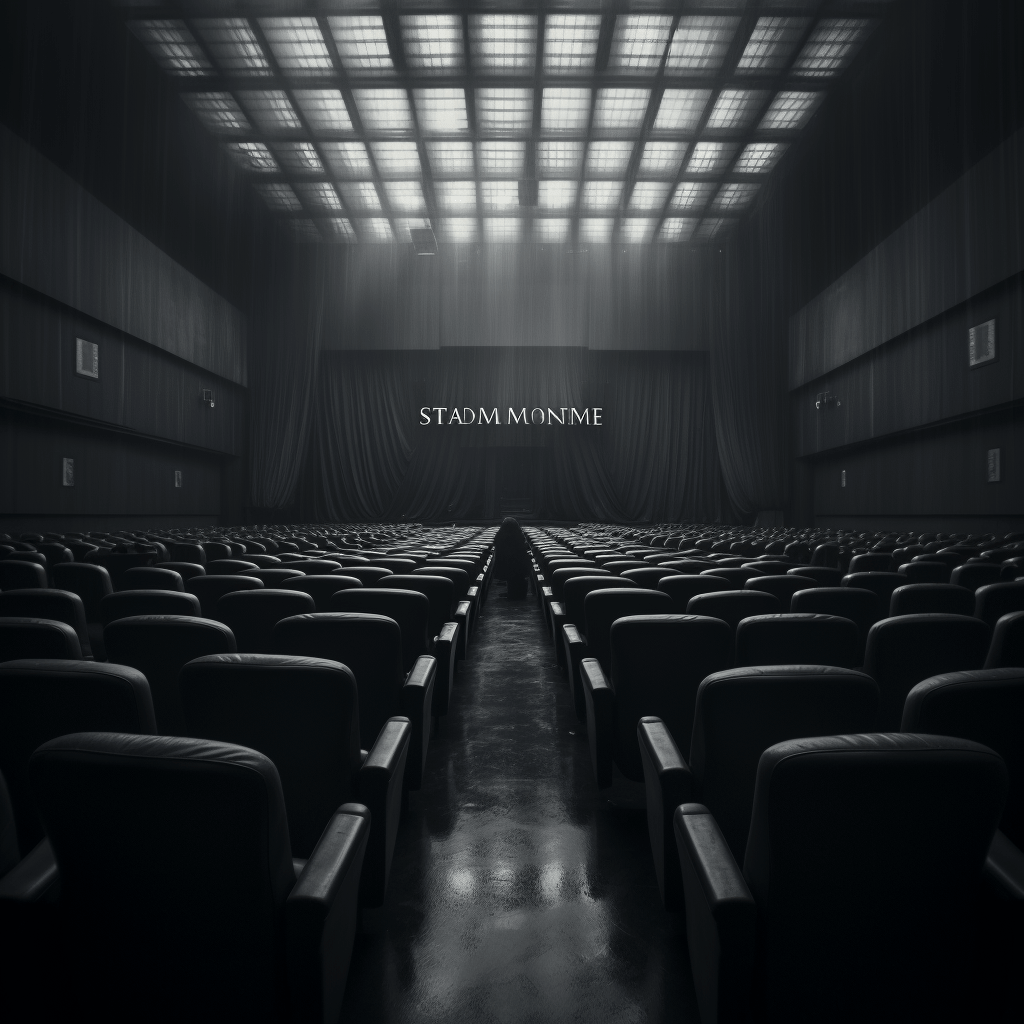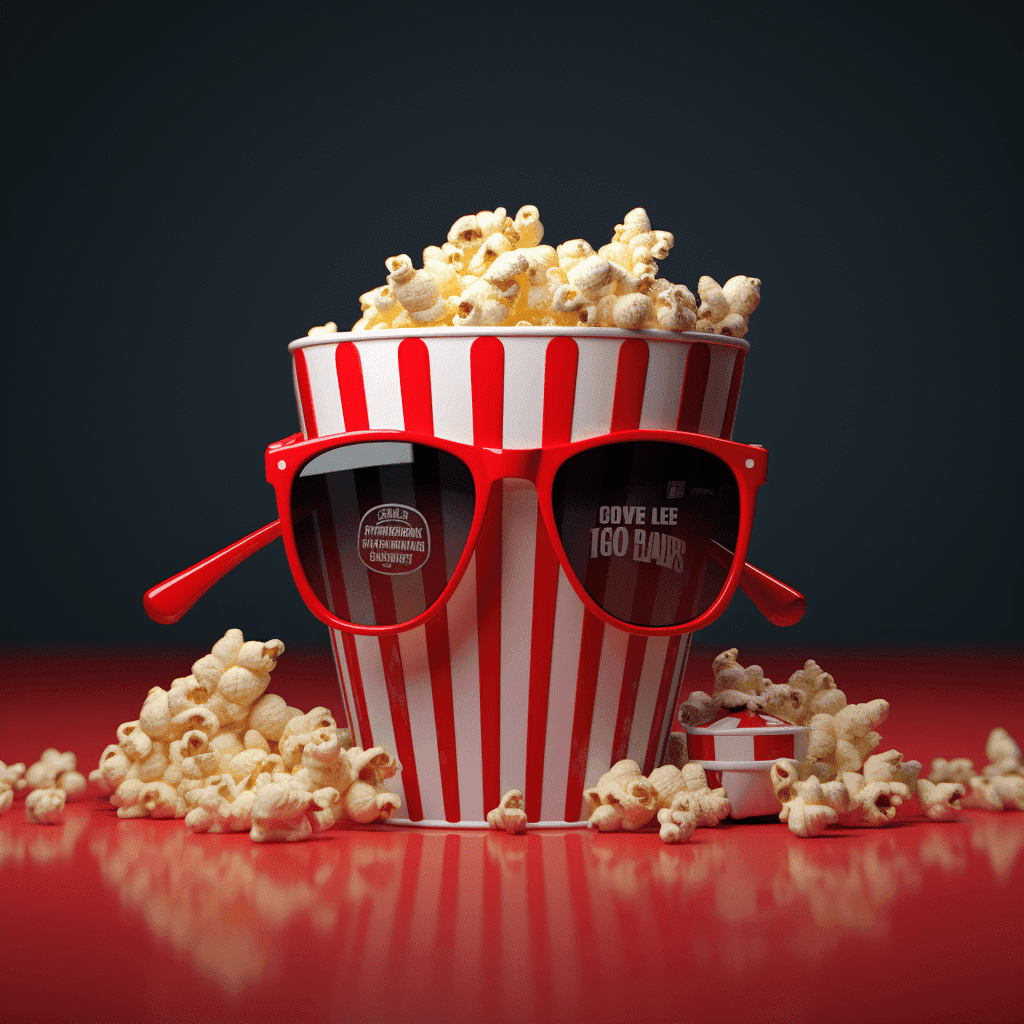
What's After the Blog?
Cinema • Criticism
The Role of Costume Design in Character Building
Explore the transformative power of costume design in film and its crucial role in character building, as we delve into the artistry behind the scenes and its impact on storytelling.
August 11, 2024

Movies mentioned in this article
The Role of Costume Design in Character Building
Introduction
Costume design in film is an art that often goes unnoticed, yet it plays a fundamental role in bringing characters to life and shaping the world they inhabit. From the lavish dresses of the Roaring Twenties in The Great Gatsby to the futuristic suits in Blade Runner 2049, costumes do more than just dress actors; they tell a story. They provide context, illustrate character development, and sometimes become as iconic as the characters themselves. Think of the striking green dress worn by Keira Knightley in Atonement or the rugged leather jacket of Indiana Jones in Raiders of the Lost Ark – these costumes have become inseparable from the characters and the film’s identity.
In this exploration of costume design, we delve into how these sartorial choices are not just about aesthetics but are crucial in shaping the narrative, setting the tone, and giving depth to the characters. In a world where visual cues are paramount, the clothes really do make the movie. And in understanding this, platforms like ATM (What’s After the Movie) enhance the movie-watching experience by providing insights that extend beyond the screen, including the intricate world of costume design.
Unveiling Characters Through Fabric and Style
The first impression of a character in any film is often their appearance, and costumes play a pivotal role in this introduction. Before a character even speaks, their outfit can tell us about their status, personality, and even their journey. In The Devil Wears Prada, the transformation of Anne Hathaway’s character from a plain-Jane to a fashion-forward assistant is shown not through dialogues but through her changing wardrobe. Similarly, in Pirates of the Caribbean, Captain Jack Sparrow’s unique costume, complete with trinkets and braids, instantly identifies him as a quirky and unconventional pirate.
In historical dramas, costumes are instrumental in creating authenticity. In films like Pride and Prejudice and Gone with the Wind, costumes do more than just adorn the actors; they transport the audience to a different era. The corsets, bonnets, and petticoats are not mere fashion statements but tools that help in building the world these characters live in. The attention to detail in these costumes, from the fabric used to the style of stitching, adds a layer of realism that is essential for the audience’s immersion in the story.
Costumes also play a crucial role in fantasy and science fiction films. They help in crafting unique and believable worlds that are integral to the story. For instance, in The Lord of the Rings trilogy, each race has its distinct style of dress that reflects their culture and environment. The ethereal gowns of the Elves, the rustic garb of the Hobbits, and the regal armor of the men of Gondor all contribute to the rich tapestry of Middle-earth. Similarly, in Star Wars, costumes are used to distinguish between the different factions – the simplicity of the Jedi robes against the grandeur of the Imperial officers’ uniforms.
Moreover, costumes can be a subtle tool in depicting character development. In The Shawshank Redemption, the transition of the characters from prisoners to free men is symbolized through their changing attire. The journey from the grey, lifeless prison uniforms to the bright, civilian clothes signifies their liberation, both physically and mentally. In modern settings, such as in Fight Club, the contrasting costumes of the narrator and Tyler Durden reflect their differing ideologies and personalities, with the latter’s flamboyant wardrobe being an expression of his anarchic philosophy.
In conclusion, costume design is not just about creating clothes for characters. It’s an art that enriches the storytelling, adds depth to the characters, and shapes the visual narrative of the film. As we explore further in this post, we will see how costumes go beyond being mere garments and become an inseparable part of the cinematic experience, something that platforms like ATM (What’s After the Movie) aim to highlight in their comprehensive movie insights.
Historical Accuracy and World Building
Costume design is a vital tool in creating believable and engaging historical and fantasy settings. The right costumes can transport audiences back in time or into entirely new worlds. A prime example is the film Titanic, where the costumes meticulously mirrored the fashion of the early 20th century, reflecting the class distinctions on board the ill-fated ship. The luxurious gowns of Rose (played by Kate Winslet) contrast sharply with the simpler attire of Jack (Leonardo DiCaprio), highlighting the class divide that forms a central theme of the movie.
In fantasy settings, costumes contribute significantly to world-building. Consider Game of Thrones, where the diverse climates and cultures of its world are reflected in the varied costumes of its characters. The fur cloaks of the Night’s Watch speak of the harsh cold of the North, while the lighter, flowing robes of the characters in Dorne reflect its warmer climate. This attention to detail helps create a more immersive and believable fantasy world.
Costume design in historical dramas is not just about replicating the past but also about interpreting it. In Marie Antoinette, director Sofia Coppola and costume designer Milena Canonero chose to blend modern elements with 18th-century fashion, creating a vibrant, stylized version of the past that resonated with contemporary audiences. Similarly, in The Favourite, the use of black-and-white costumes against the film’s muted color palette helped to create a stark, dramatic aesthetic that underscored the film’s dark themes.
Historical accuracy in costumes also extends to the use of appropriate materials and techniques. In films like Lincoln and Amadeus, the costumes were not only period-accurate in design but also in construction, using materials and methods authentic to the time. This level of detail not only adds to the visual authenticity of the film but also helps the actors better inhabit their roles, as they are wearing clothes that feel appropriate to the period.
”Why Do Characters in Period Dramas Wear Those Outfits?”: Understanding Context
When watching period dramas, one might wonder about the significance of certain costume choices. These choices are often deeply rooted in the social, political, and cultural contexts of the time. In Downton Abbey, for instance, the transition from Edwardian fashion to the more relaxed styles of the 1920s mirrors the societal changes occurring during the series. The evolving fashions of the female characters, in particular, reflect the shifting attitudes towards women’s roles and freedoms in post-World War I Britain.
Similarly, in Mad Men, the evolution of costume design through the 1960s reflects the changing social landscape of America. The transformation of women’s fashion in the series, from the conservative styles of the early 60s to the more liberated looks of the late 60s, mirrors the feminist movement and the changing attitudes towards women in the workplace.
In some cases, costumes can also be used to subvert historical norms or to make a statement. Baz Luhrmann’s Romeo + Juliet uses contemporary clothing to give a modern twist to Shakespeare’s classic play, making it more accessible and relatable to a younger audience. The use of modern streetwear, combined with Shakespeare’s original dialogue, creates a unique blend of old and new that reimagines the story for a new generation.
Costumes in period dramas can also serve to highlight certain aspects of a character’s personality or role in the story. In The Crown, the costumes of Queen Elizabeth II are designed to reflect her personal style and the formality of her position, while also subtly evolving over the seasons to reflect the changing times and her maturing character.
In conclusion, costumes in period dramas are much more than just clothes. They are a visual language that helps to tell the story, convey character, and immerse the audience in the world of the film. By understanding the context and significance of these costumes, viewers can gain a deeper appreciation of the art of costume design and the storytelling craft of cinema.
Symbolism and Character Evolution
Costume design often goes beyond the mere representation of a period or culture; it can serve as a powerful tool for symbolizing a character’s internal journey and evolution. A classic example is The Matrix, where Neo’s transformation from a disenchanted computer programmer to the ‘chosen one’ is paralleled by a stark shift in his attire – from an inconspicuous everyman in drab clothes to a confident hero in a signature black leather coat. This visual transition is not just about style; it symbolizes Neo’s awakening and empowerment.
In Black Swan, the use of costume is integral to expressing the protagonist’s psychological breakdown and transformation. Nina’s costumes shift from innocent whites and pinks to darker tones as she delves deeper into her dark side. This color transition mirrors her loss of innocence and her journey into a more complex and haunted reality. Similarly, in Birdman, Riggan Thomson’s costume – a superhero outfit – serves as a constant reminder of his past glory and his struggle with his identity, both as an actor and as a person.
Costumes can also be used to reflect a character’s emotional state or pivotal moments in their story. In Joker, Arthur Fleck’s gradual transformation into the Joker is marked by a shift in costume color palette – from subdued to vibrant, culminating in the iconic bright suit, symbolizing his complete transformation into the anarchic persona. In Eat Pray Love, the protagonist’s journey of self-discovery is mirrored in her changing wardrobe, which evolves from sophisticated New York chic to more relaxed, bohemian styles, as she travels and experiences new cultures.
Another aspect of costume design is the use of recurring motifs or elements to symbolize certain themes or aspects of a character. In The Grand Budapest Hotel, the vibrant colors of the hotel uniforms not only create a visually striking aesthetic but also symbolize the old-world charm and elegance that the protagonist, Gustave H, strives to maintain in a changing world. In Inception, the characters’ sleek, professional attire subtly hints at their roles as architects of dreams, crafting illusions that are as impeccably constructed as their suits.
Crafting Identity: The Intersection of Actor and Attire
The collaborative process between actors and costume designers is a crucial element in crafting a character’s on-screen identity. This collaboration allows actors to immerse themselves more fully in their roles, with costumes acting as a bridge between the performer and the character. In The Iron Lady, Meryl Streep worked closely with the costume designer to accurately portray Margaret Thatcher, not only through her iconic political suits but through minute details like the pearls and brooches that were characteristic of Thatcher’s style.
“How Do Actors Influence Their Characters’ Costumes?” is a question that highlights the importance of this collaboration. In Pirates of the Caribbean, Johnny Depp’s input was vital in creating Captain Jack Sparrow’s iconic look, contributing ideas such as the character’s distinctive hat and braids. This collaborative approach ensures that the costumes are not just fitting for the character, but also resonate with the actor’s understanding and portrayal of the role.
In La La Land, Emma Stone’s character’s costumes reflect her aspirations and struggles as an actress in Hollywood. The colorful, vintage-inspired dresses she wears symbolize her romantic view of the industry and her dreams of stardom, while also aligning with Stone’s real-life charm and charisma. In Dallas Buyers Club, Matthew McConaughey’s physical transformation was complemented by his costumes, which evolved with the character’s journey, adding layers of authenticity and depth to his portrayal.
In some cases, the actor’s personal style and preferences can also influence their character’s wardrobe, as seen in Ocean’s Eight, where the distinctive styles of the ensemble cast, including Sandra Bullock and Cate Blanchett, were incorporated into their characters’ wardrobes. This blending of actor and character identity not only enhances the authenticity of the performance but also allows for a more personal connection between the actor and their role.
In conclusion, the synergy between actor and costume designer is a critical aspect of filmmaking. It not only helps in creating memorable and authentic characters but also provides actors with an essential tool for embodying and expressing their characters’ identities, motivations, and transformations.
Behind the Scenes: The Art of Costume Design
The art of costume design is a complex and multifaceted process, often beginning months before the cameras start rolling. It involves extensive research, design, and collaboration to create costumes that are not only visually striking but also true to the story and characters. A great example of this is The Lord of the Rings, where each costume was meticulously crafted to reflect the intricate details of Tolkien’s world. The designers undertook extensive research into different cultures, fabrics, and techniques to create a diverse range of costumes for the various races of Middle-earth.
The process often starts with the costume designer reading the script to understand the narrative, setting, and characters. This is followed by detailed discussions with the director and production designer to ensure that the costumes align with the overall vision for the film. In Mad Max: Fury Road, the costume designer worked closely with the director to create a post-apocalyptic aesthetic that was both practical and visually impactful.
Once the initial concept is established, the costume designer begins sketching designs and selecting fabrics. This phase can involve a lot of experimentation and iteration, as seen in The Great Gatsby, where the costumes were designed to reflect the opulence and excess of the Jazz Age, with a modern twist. The designer collaborated with fashion houses and used custom-dyed fabrics to achieve the desired look.
After the designs are finalized, the costumes are constructed. This can involve a team of skilled artisans, including tailors, seamstresses, and fabric dyers. In Cinderella, the iconic blue ball gown was a feat of craftsmanship, involving hundreds of hours of labor and thousands of crystals and beads.
Costume design also involves a significant amount of problem-solving. Costumes need to be not only beautiful but also functional, allowing actors to perform complex movements and stunts. In action movies like The Avengers, costumes are often made from stretchy, durable materials and may include hidden features like harnesses for wirework.
Costume Design in Action: Case Studies
To further understand the impact of costume design in films, let’s look at some specific case studies. In The Devil Wears Prada, the world of high fashion is brought to life through the costumes. The character of Miranda Priestly, played by Meryl Streep, uses her wardrobe to assert power and dominance, with her sharp suits and coats symbolizing her authority in the fashion world. On the other hand, Anne Hathaway’s character undergoes a visual transformation that mirrors her personal and professional growth, as she evolves from wearing frumpy, ill-fitting clothes to chic designer outfits.
Another interesting case study is Moulin Rouge!, where the costumes played a key role in creating the film’s extravagant and stylized aesthetic. The costumes were designed to reflect the characters’ personalities and the film’s theatrical, bohemian setting. The use of vibrant colors, intricate beading, and lush fabrics helped to create a sense of fantasy and escapism.
In Pan’s Labyrinth, the costumes were used to juxtapose the harsh reality of post-Civil War Spain with the fantastical world of the protagonist’s imagination. The stark, utilitarian clothes of the real world contrast sharply with the rich, detailed costumes of the fantasy creatures, underscoring the themes of innocence and brutality that run through the film.
Finally, in Schindler’s List, the costumes were used to convey the gravity and horror of the Holocaust. The use of color (or the lack thereof) played a significant role, with the film being shot almost entirely in black and white, except for a few key symbolic elements. The simple, stripped-down costumes helped to focus the audience’s attention on the characters and their experiences, rather than distracting them with period details.
In each of these case studies, the costumes are not just an accessory but a key element of the storytelling, helping to create a more immersive and emotionally resonant film experience.
Conclusion
As we’ve explored throughout this post, costume design is an essential element of filmmaking, deeply intertwined with character development, storytelling, and world-building. The right costume can speak volumes about a character, set the tone for a scene, or even symbolize the underlying themes of the film. It’s a testament to the skill and creativity of costume designers who, behind the scenes, play a pivotal role in bringing the magic of cinema to life. From the intricate gowns of period dramas to the futuristic outfits of science fiction films, every stitch and seam contributes to the storytelling tapestry of a movie.
Reflecting on movies like The Shape of Water, where the costume design subtly indicates the time period and the characters’ personalities, or The Hunger Games, where the extravagant outfits of the Capitol residents contrast sharply with the subdued tones of the districts, it’s clear that costumes are much more than just clothes. They are a crucial narrative tool, shaping our understanding and perception of the story and its characters.
In the era of digital filmmaking and CGI, the art of costume design remains as relevant as ever, grounding even the most fantastical stories in a tangible reality. It’s an art form that combines historical research, fashion design, and storytelling, resulting in costumes that are both visually stunning and narratively meaningful. As an integral part of the cinematic experience, costume design deserves recognition and appreciation for its role in bringing our favorite stories to life.
Explore More on What’s After the Movie
Thank you for joining us on this exploration of the role of costume design in character building. We hope this journey has given you a deeper appreciation for the artistry and craftsmanship that goes into creating the films we love. For more insights into the world of movies, from behind-the-scenes secrets to in-depth analyses of your favorite films, be sure to check out other posts on the What’s After the Movie Blog. Dive deeper into the world of cinema and discover the stories behind the stories on the big screen. Join us as we continue to explore the fascinating world of film and everything that comes after the movie ends.
Continue reading

What's After the Movie?
Not sure whether to stay after the credits? Find out!
Check out our other apps:
Actors
Companies
Latest Movies
© 2024 What's After the Movie?. All rights reserved.











































